Idea by
Ivan Vlahović
Call for ideas 2017
Aleph
Aleph
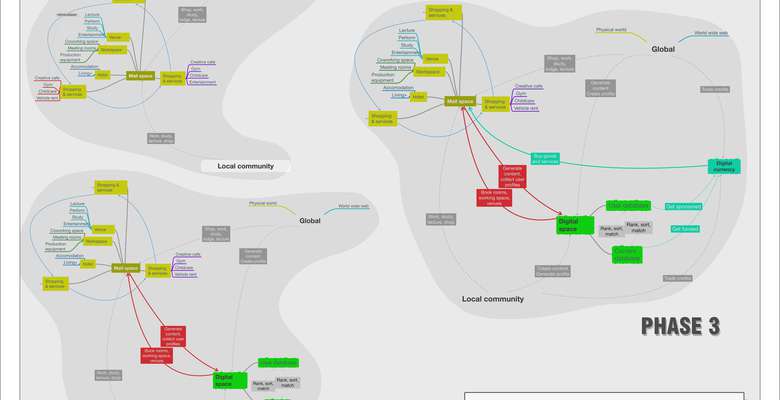
Example 1: Facebook is mapping out the social landscape but is doing very little to help its users navigate it successfully to desired social _destinations_. In other words: if Facebook were a GPS device - it would tell you where you are, not how to get where you want to go. Why?
We are updating the model of the private/public space as conceived by V.Gruen following his original principles, applied to contemporary 2.0 circumstances – migration & tourism as a response to youth unemployment and social integration, through the digital & creative economy. This is a trilateral space/business/web framework - an all-in-one mall space + a deeply integrated social/crypto-currency app interface.
An idea towards an architectural catalyst for increasing productivity and 2.0 economy, by retooling the existing mall space stock for food growing, energy, 3D printing, work. Architectural hybrid as a pragmatic, bespoke architectural response to urban needs: a polyvalent, laissez-faire affair.
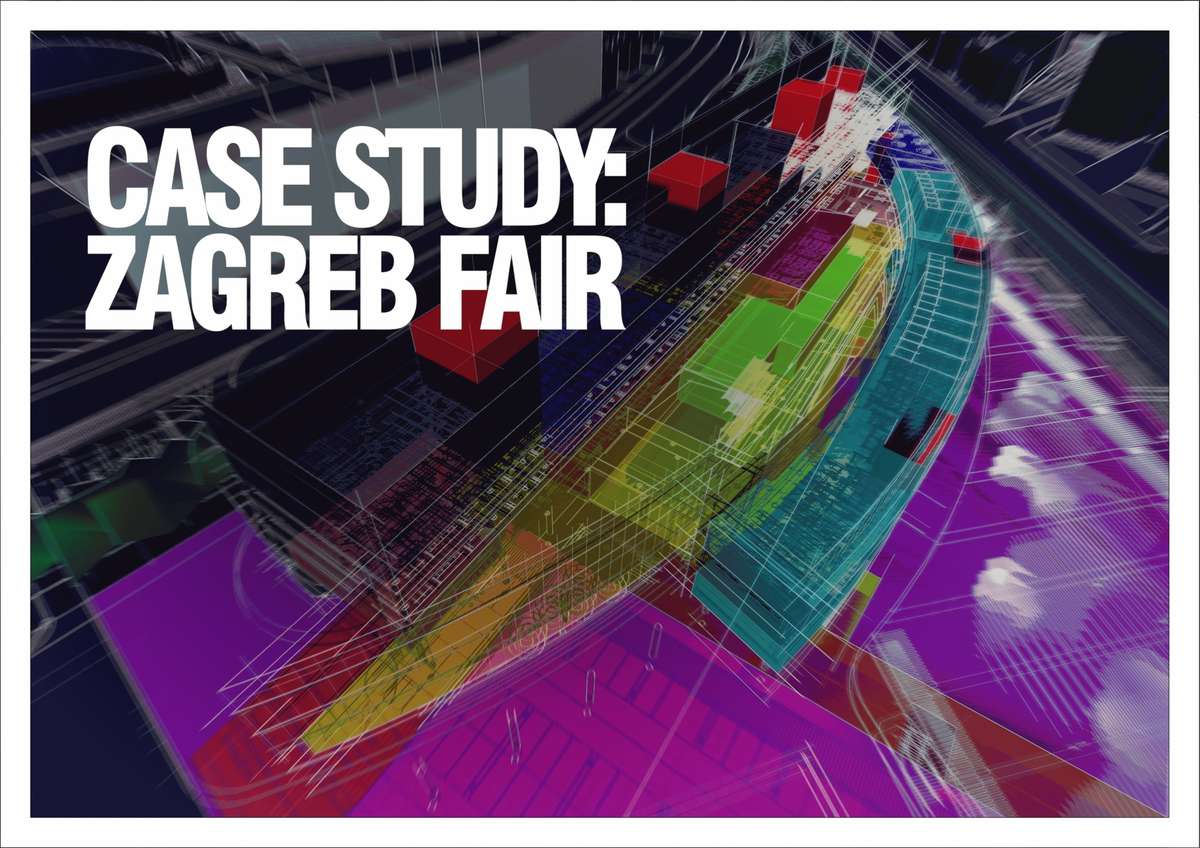
ISSUE 1: Commercial space in general is fundamentally an expression of the market. Market decisions depend crucially on highly specific and consequential knowledge. The escalating complexity and interdependence of the modern world means an increase in sheer volume of relevant knowledge. The knowledge required is highly diverse and cannot be abridged. In the 3 or 5 year period it takes to develop a project, the market it was to address might not be there any longer.

ISSUE 2: It is difficult to give reliable economic forecasts because the future increasingly depends on technology, and has consequently inherited its rapid change and obsolescence cycle. In this climate of uncertainty the modernist architectural philosophy of "form follows function" is a liability. In order for the building to remain highly adaptable and agile to change, the flexibility needs to be compartmentalized.
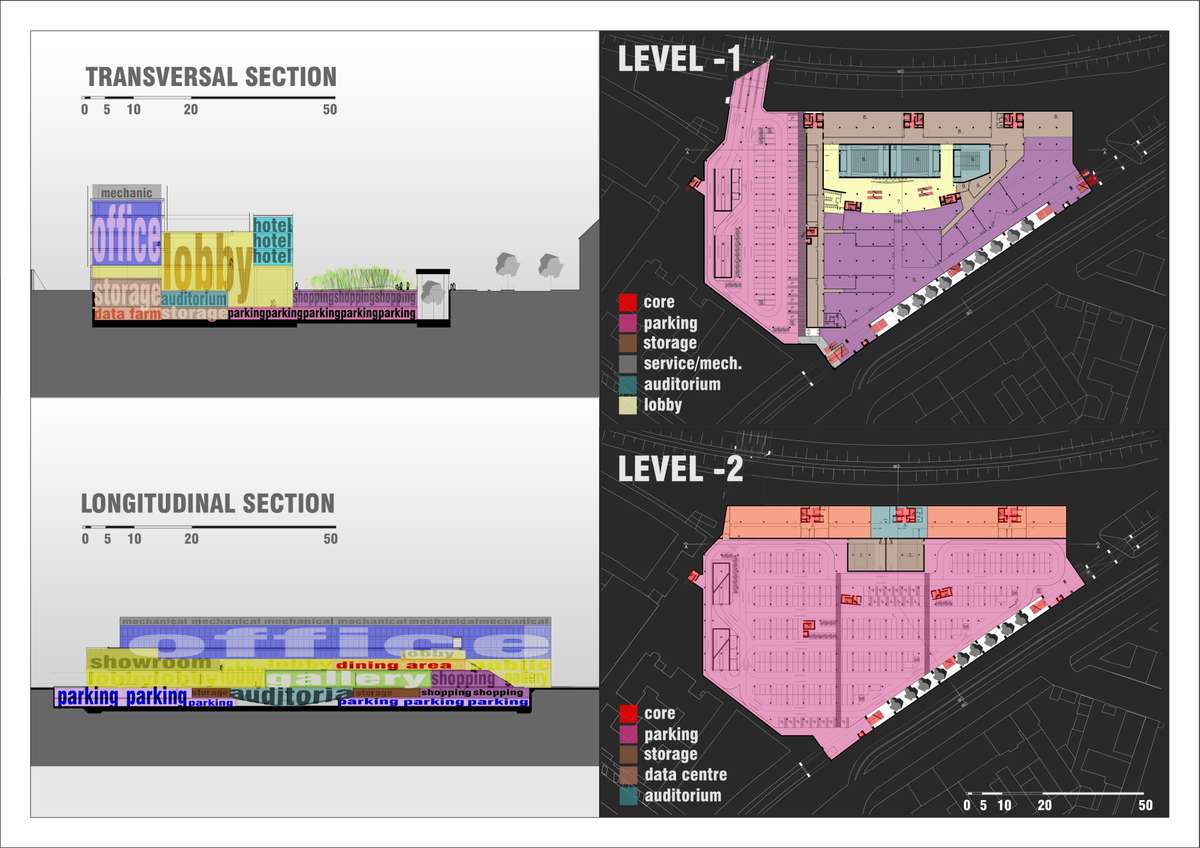
ISSUE 3: The recent decades have seen the undergoing of a profound change in social structure. A growing percentage of the populus in the developed world is living in some type of arrangement other than the traditional mother-father-child family. The way people socialize in general has changed, as weak social ties have replaced lasting commitments and strong bonds. The Millennial generation, now coming to its economic fruition, shows evident statistical discrepancies to previous generations.
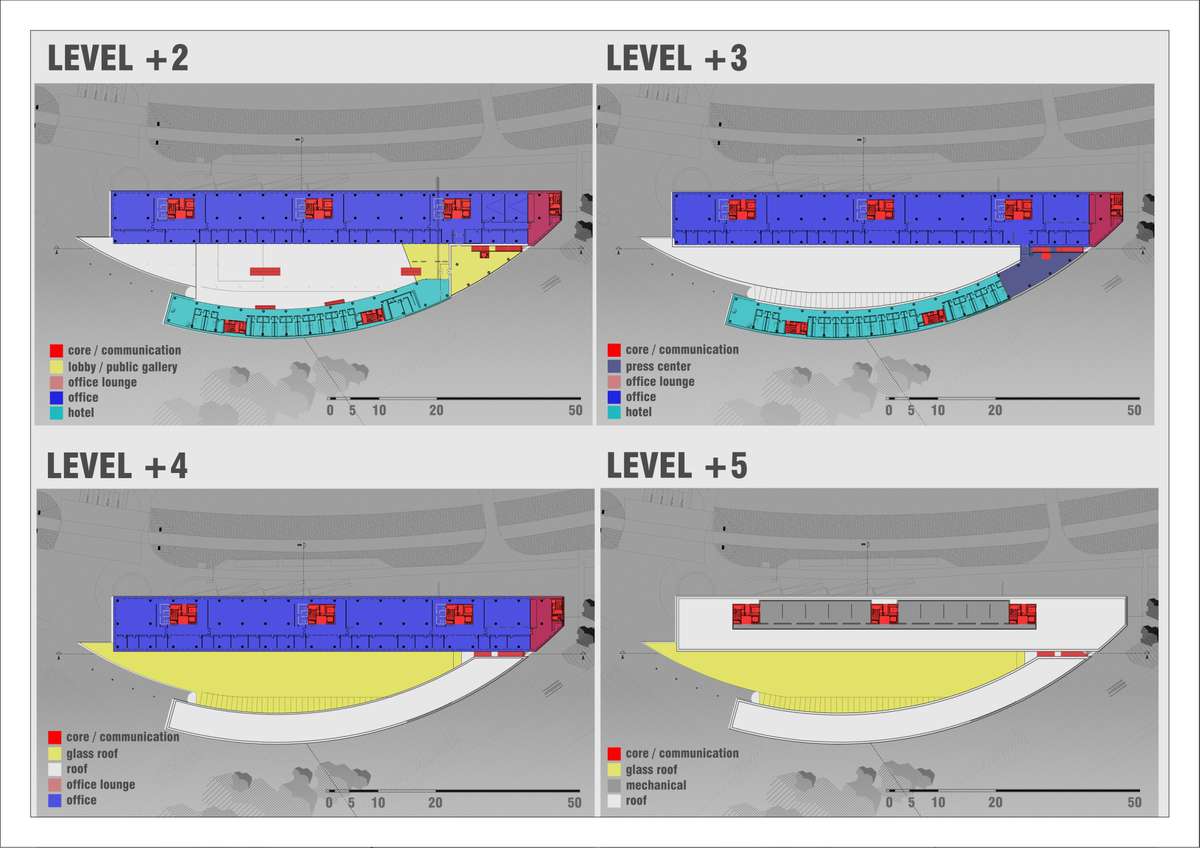
ISSUE 4: Due to high labor costs and various other factors, much of the unskilled job market in the developed world had relocated offshore. The work that remains is daily threatened by ever increasing capabilities of automation. Occupations not far ago thought as impervious to being substituted by machines find themselves in jeopardy, and the future of employment as a whole comes into question not infrequently.
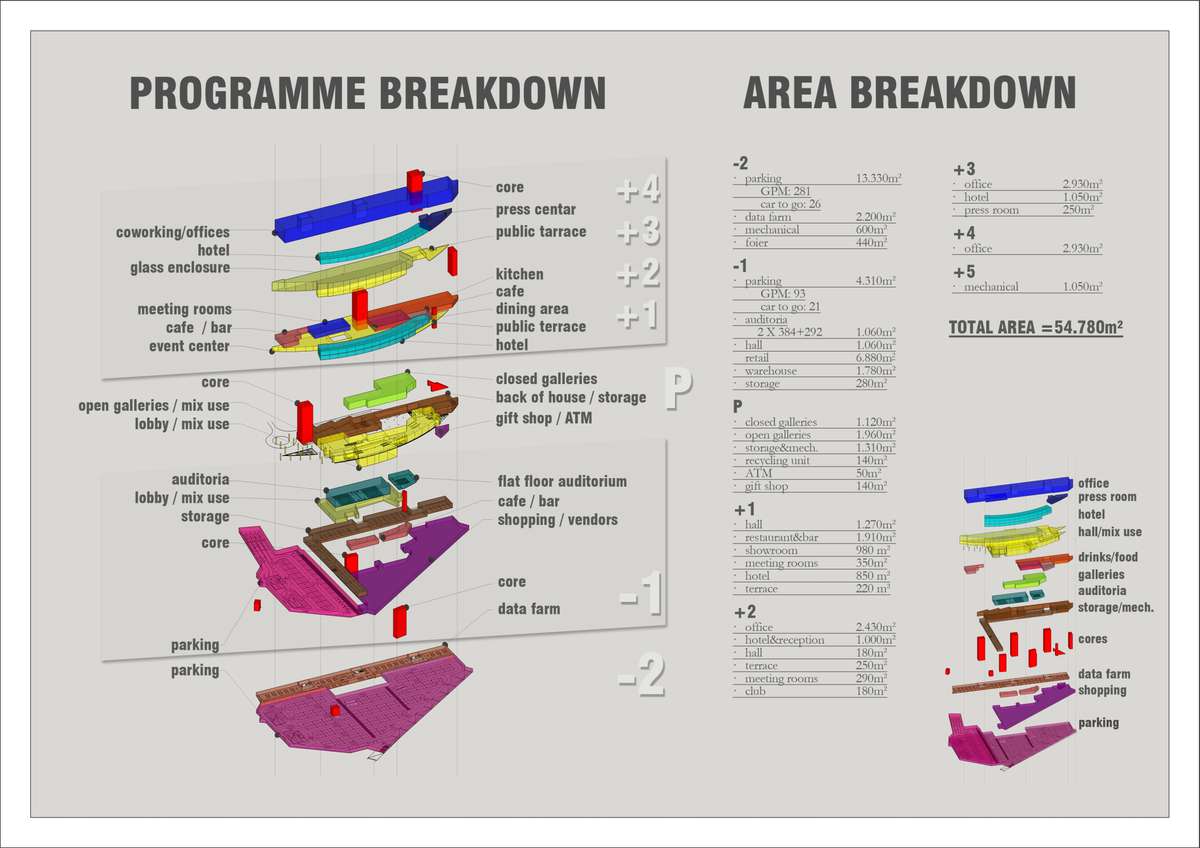
ISSUE 5: The accelerating evolution of disruptive technologies is shifting ground beneath many occupations and professions. Traditional educational institutions and their students are struggling to anticipate what the job market will be 4-7 years down the line, which now seems a very long time. The burdening cost of high education and its duration drives many to rather seek acquiring practical knowledge and specialist skills, since a college diploma no longer guarantees employment.
Aleph
Aleph

Example 1: Facebook is mapping out the social landscape but is doing very little to help its users navigate it successfully to desired social _destinations_. In other words: if Facebook were a GPS device - it would tell you where you are, not how to get where you want to go. Why?
We are updating the model of the private/public space as conceived by V.Gruen following his original principles, applied to contemporary 2.0 circumstances – migration & tourism as a response to youth unemployment and social integration, through the digital & creative economy. This is a trilateral space/business/web framework - an all-in-one mall space + a deeply integrated social/crypto-currency app interface.
An idea towards an architectural catalyst for increasing productivity and 2.0 economy, by retooling the existing mall space stock for food growing, energy, 3D printing, work. Architectural hybrid as a pragmatic, bespoke architectural response to urban needs: a polyvalent, laissez-faire affair.
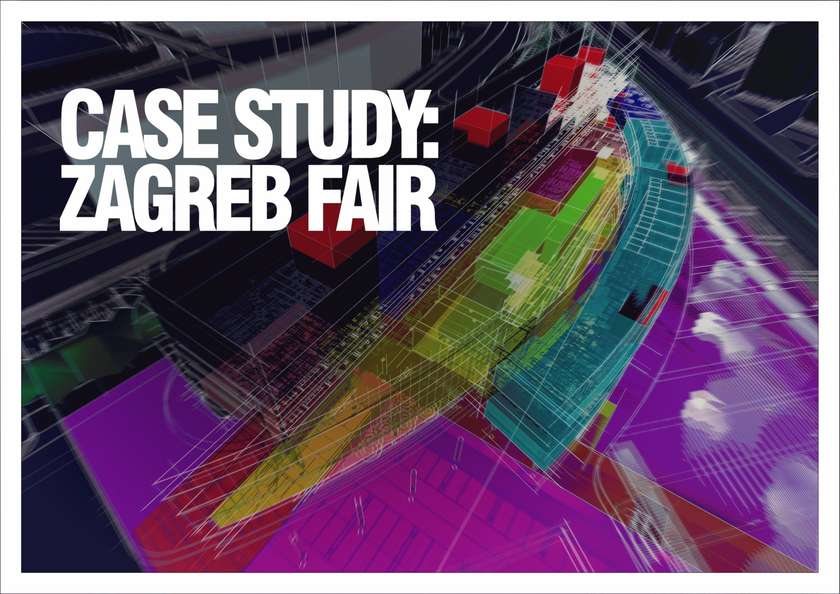
ISSUE 1: Commercial space in general is fundamentally an expression of the market. Market decisions depend crucially on highly specific and consequential knowledge. The escalating complexity and interdependence of the modern world means an increase in sheer volume of relevant knowledge. The knowledge required is highly diverse and cannot be abridged. In the 3 or 5 year period it takes to develop a project, the market it was to address might not be there any longer.
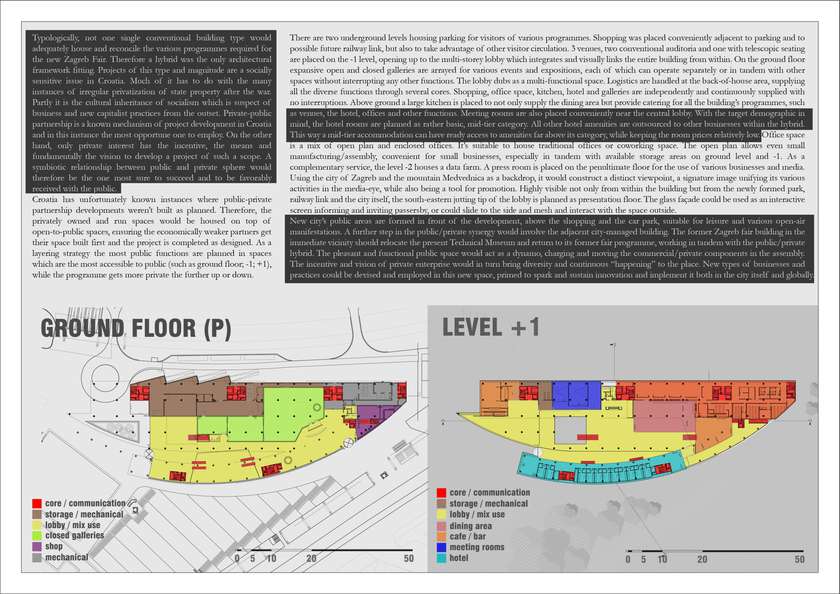
ISSUE 2: It is difficult to give reliable economic forecasts because the future increasingly depends on technology, and has consequently inherited its rapid change and obsolescence cycle. In this climate of uncertainty the modernist architectural philosophy of "form follows function" is a liability. In order for the building to remain highly adaptable and agile to change, the flexibility needs to be compartmentalized.
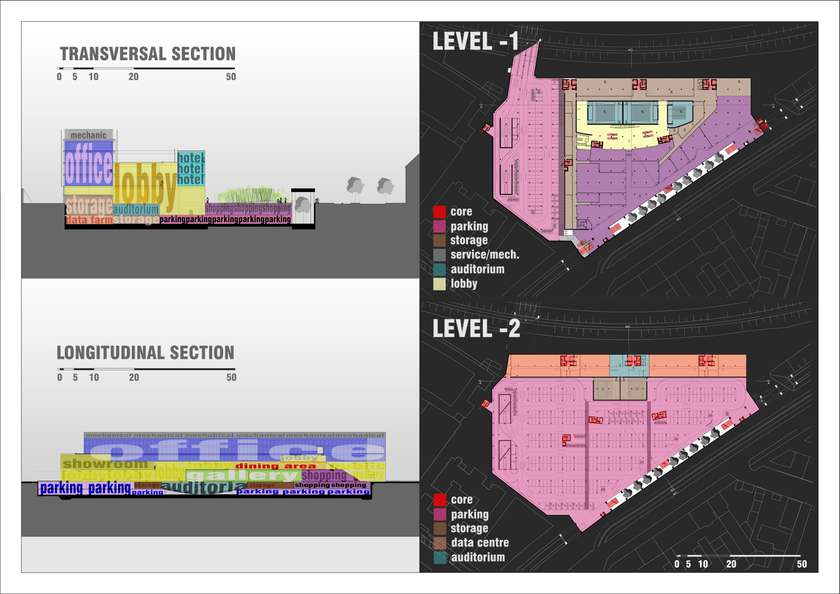
ISSUE 3: The recent decades have seen the undergoing of a profound change in social structure. A growing percentage of the populus in the developed world is living in some type of arrangement other than the traditional mother-father-child family. The way people socialize in general has changed, as weak social ties have replaced lasting commitments and strong bonds. The Millennial generation, now coming to its economic fruition, shows evident statistical discrepancies to previous generations.
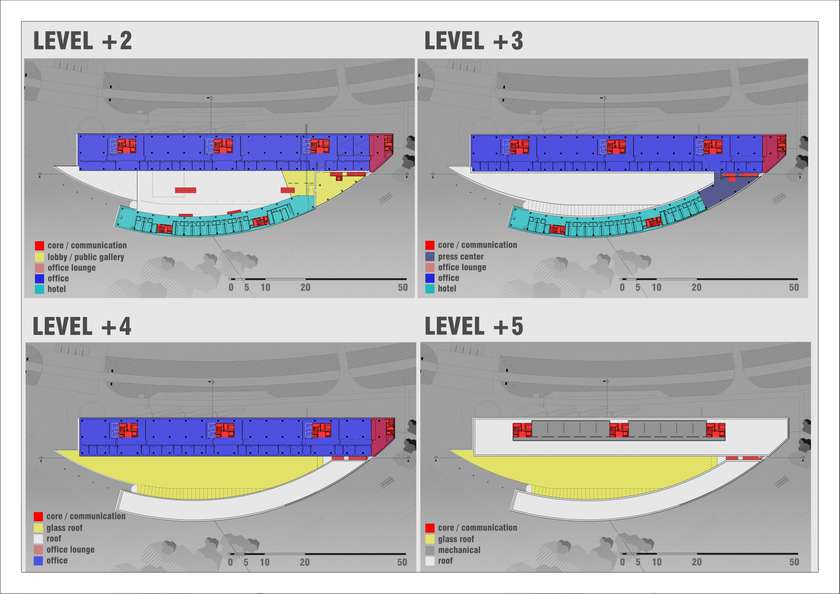
ISSUE 4: Due to high labor costs and various other factors, much of the unskilled job market in the developed world had relocated offshore. The work that remains is daily threatened by ever increasing capabilities of automation. Occupations not far ago thought as impervious to being substituted by machines find themselves in jeopardy, and the future of employment as a whole comes into question not infrequently.
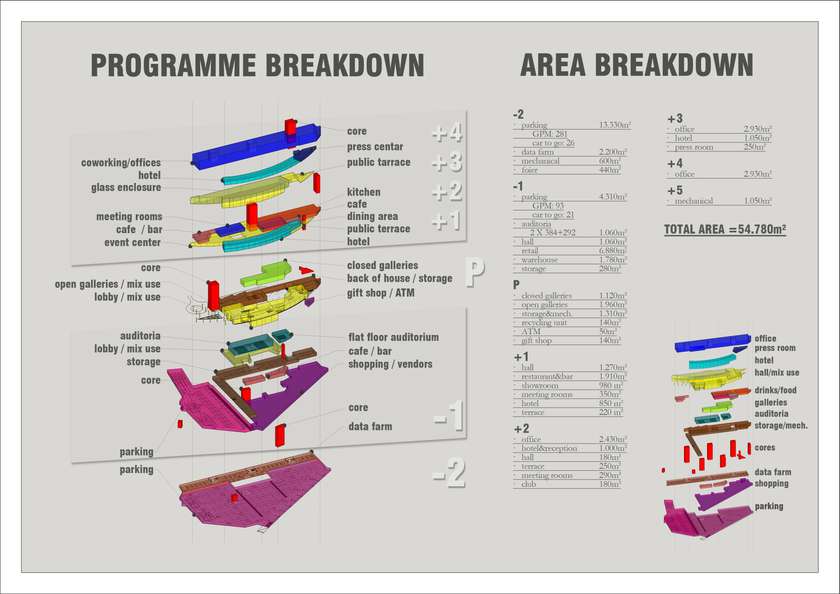
ISSUE 5: The accelerating evolution of disruptive technologies is shifting ground beneath many occupations and professions. Traditional educational institutions and their students are struggling to anticipate what the job market will be 4-7 years down the line, which now seems a very long time. The burdening cost of high education and its duration drives many to rather seek acquiring practical knowledge and specialist skills, since a college diploma no longer guarantees employment.